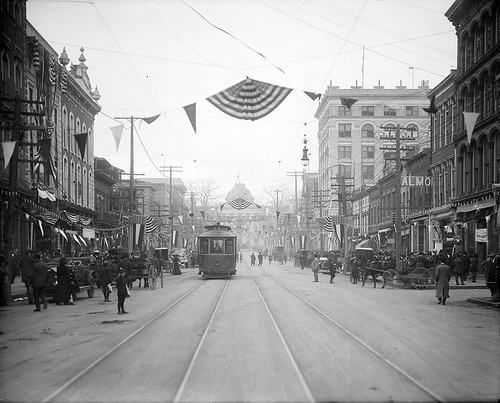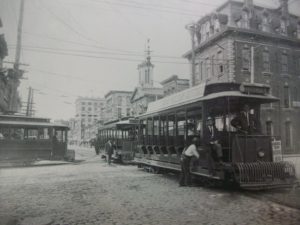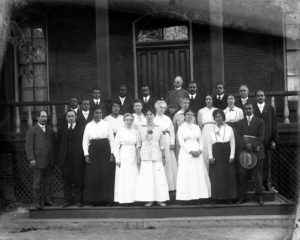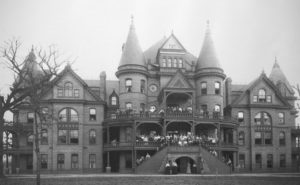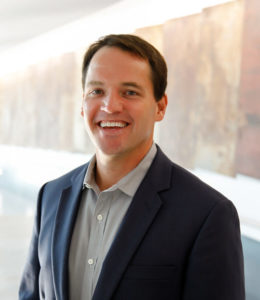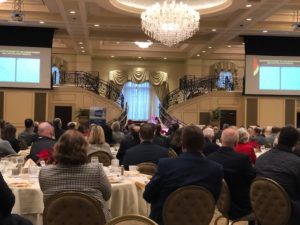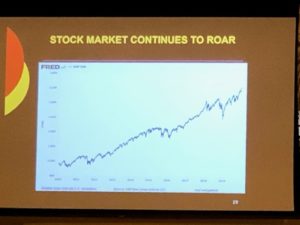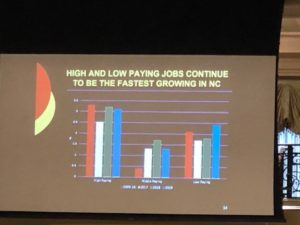
COVID-19 Resources for Small and Medium-sized Businesses
Guides to Applying for the Paycheck Protection Program under the Coronavirus Aid, Relief, and Economic Security (CARES) Act:
- Coronavirus Emergency Loans Small Business Guide and Checklist, U.S. Chamber of Commerce
- Small Business Owner’s Guide to the CARES Act, U.S. Senate Committee on Small Business & Entrepreneurship
- U.S. Treasury Fact Sheet on Applying for the Payroll Protection Program.
- Independent Restaurant Coalition’s Summary of Business Provisions in the Coronavirus Aid, Relief, and Economic Security Act (CARES Act)
SBA Resources for Counseling and Training
You can apply for the Paycheck Protection Program at any lending institution that is approved to participate in the program through the existing U.S. Small Business Administration lending program and additional lenders approved by the Department of Treasury.
There are thousands of banks and credit unions that already participate in the SBA’s lending programs. You do not have to visit any government institution to apply for the program, you can call your bank or find SBA-approved lenders in your area through SBA’s online Lender Match tool. Your local Small Business Development Center, SCORE or Women’s Business Centers (below) can provide free assistance and guide you to lenders. When you call, tell them you are interested in the “Paycheck Protection Program” and they will guide you through the steps for applying for the program.
- Small Business and Technology and Development Center (SBTDC)
- SCORE
- Women’s Business Centers:
The application process should be open by Friday, April 3, 2020.
State and Local Government Coronavirus-related information
North Carolina
- Coronavirus Disease 2019 Response in North Carolina, NC Department of Health and Human Services (DHHS)
- File a claim for unemployment benefits, NC Department of Commerce, Division of Employment Security
Local Resources
- City of Raleigh comprehensive COVID-19 resource page.
- City of Raleigh Small Business Q&A addresses resources from utility bills to filing for unemployment benefits.
- City of Durham COVID-19 (Coronavirus) Updates and Resources
- Town of Cary COVID-19 Information
Advice for Homeownership Associations
- In response to the unprecedented number of calls received by Jordan Price association attorneys asking about legal implications of cancelling or postponing meetings or suspending amenities or community services, their attorneys have collectively put together these Recommendations for Communities.


